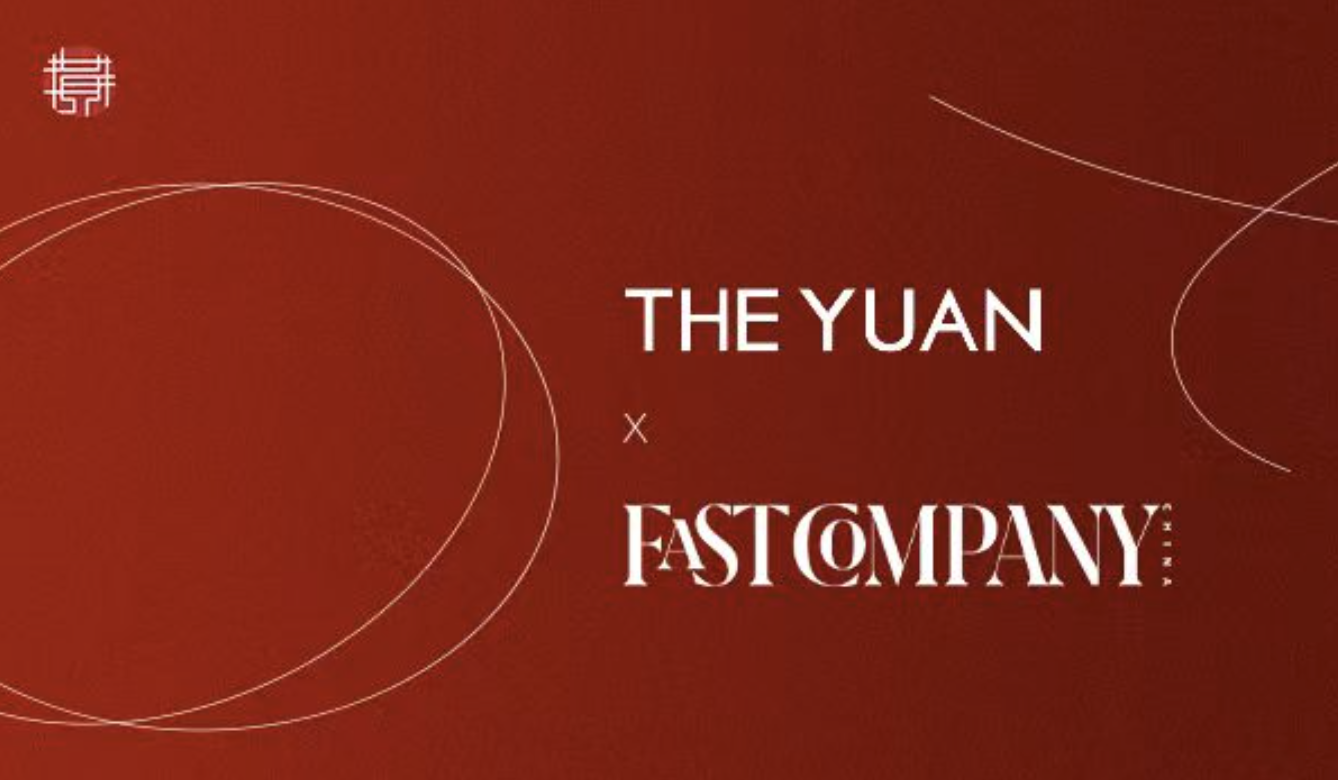


LONDON -“Not proper science”
The field of longevity medicine is coming alive. Until the last few years, the project of halting and reversing aging was not seen as “proper science,” and not a fit use for public funds. Aging was seen as an inevitable and permanent part of the human condition. It was not a disease, but a vulnerability to disease which grows over time, and cannot be redressed. People who argued the contrary were viewed by the medical establishment as entertaining mavericks at best, disreputable charlatans at worst.
The sneering has not entirely disappeared, but today there is significant investment in tackling aging itself, not just the diseases which emerge with age, like cancer, heart attacks, and Alzheimer's. The medical profession is engaging too, albeit cautiously: after many years of trying, funding and approval has been obtained for the TAME project, which stands for Targeting Aging with Metformin. Metformin is a drug approved 60 years ago for the treatment of diabetes, and TAME consists of phase III clinical trials of metformin to delay aging. The impact on aging is not expected to be massive, but the drug is known to be safe, and the project is at least partly an exercise in persuading the FDA, and the profession at large, to take aging itself more seriously.
In the last couple of weeks, a potential game-changer has emerged. The crypto currency community includes quite a few billionaires. Some of them are convinced that aging can be arrested and reversed, and they are starting to put serious money behind this belief. Richard Heart is an influential if controversial figure in the crypto community, and he has launched an “air drop,” a co-ordinated programme of major donations to SENS, a longevity research and campaigning organisation. In the first few days after Heart’s announcement, SENS received over£20 million (US$28 m
The content herein is subject to copyright by The Yuan. All rights reserved. The content of the services is owned or licensed to The Yuan. Such content from The Yuan may be shared and reprinted but must clearly identify The Yuan as its original source. Content from a third-party copyright holder identified in the copyright notice contained in such third party’s content appearing in The Yuan must likewise be clearly labeled as such. Continue with Linkedin
Continue with Linkedin
 Continue with Google
Continue with Google










 39019 views
39019 views







